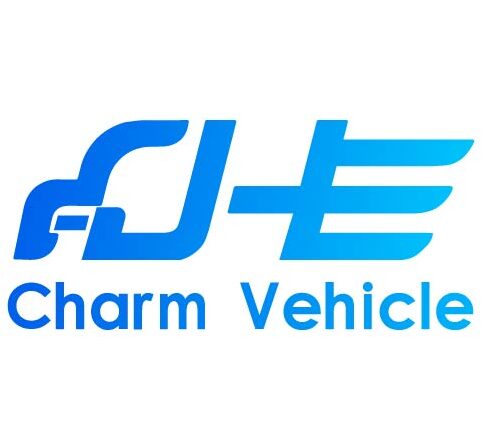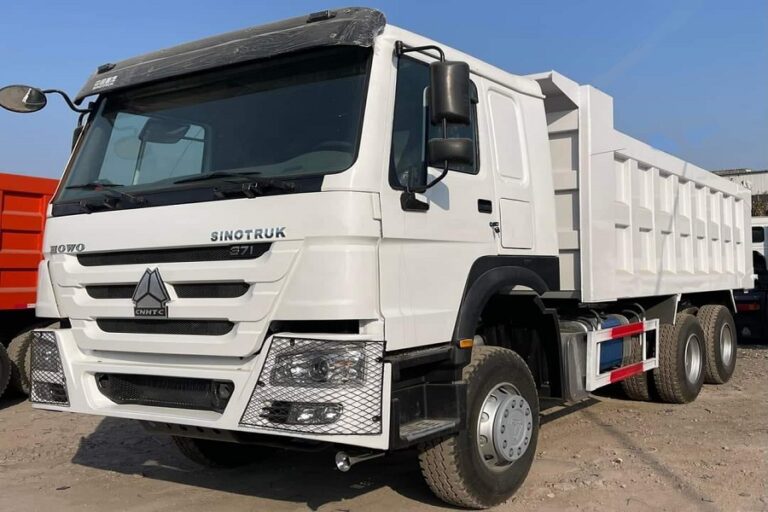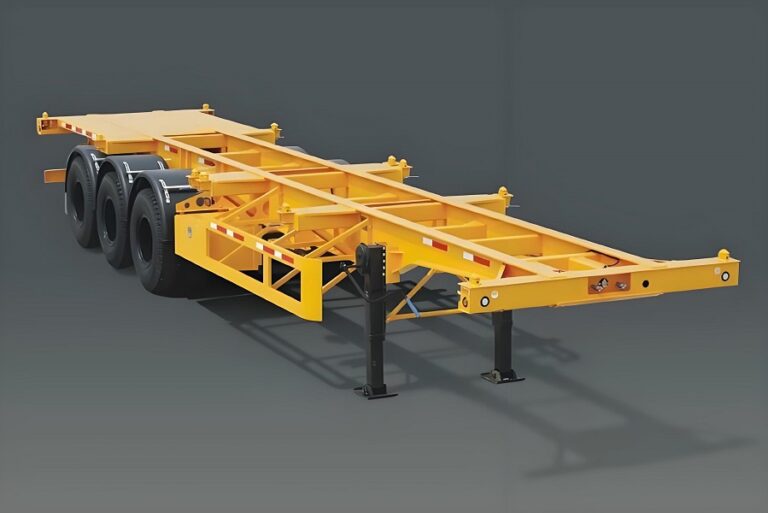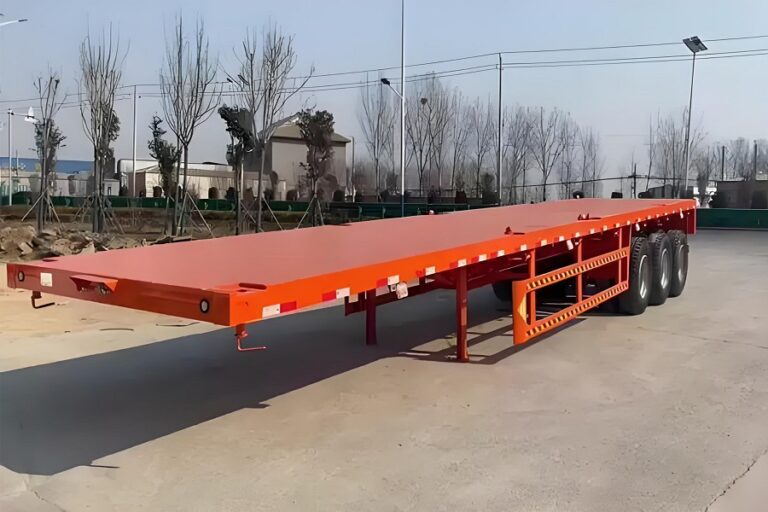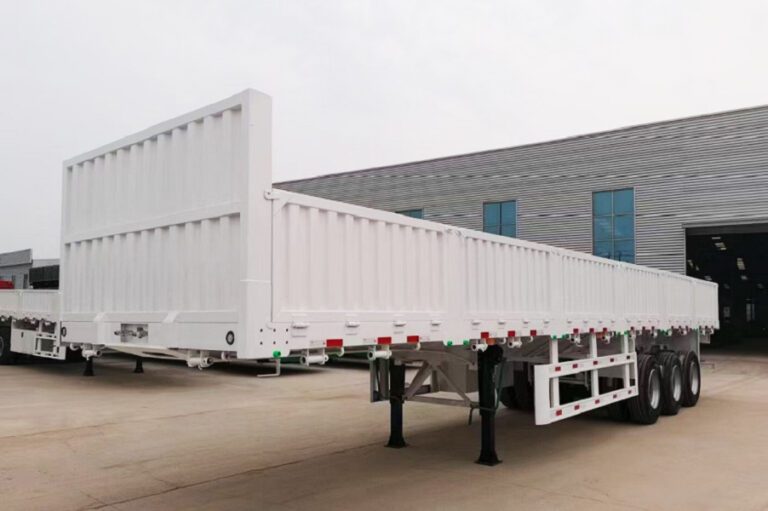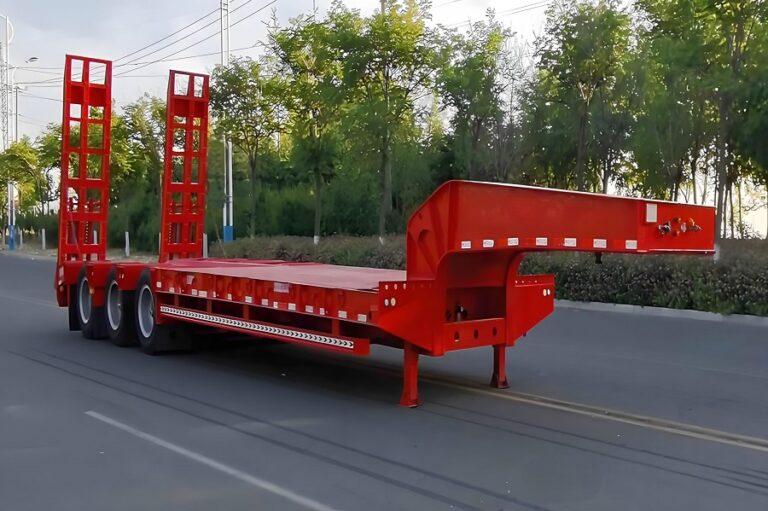Key Words: Tractor Head, Key Features
A tractor head, also known as a prime mover or truck tractor, is a powerful vehicle designed specifically to tow semi-trailers and other types of trailers. It serves as the front part of a combination vehicle system, providing the necessary power to move heavy loads over long distances. Tractor heads are essential in various industries, from freight transportation to logistics, and they play a critical role in the global supply chain.
Key Features and Characteristics of Tractor Heads
1. Engine Power and Performance
The engine of a tractor head is its heart, delivering substantial torque and horsepower needed to haul heavy loads over long distances. These vehicles are typically equipped with diesel engines due to their high power output, efficiency, and ability to handle the demanding conditions of road transport. The power generated by the engine enables the tractor head to pull a variety of heavy trailers, including flatbeds, reefer trailers, and container trailers, with ease. Engine power ranges from 300 to 700 horsepower, depending on the specific needs of the operation.
2. Cab Design and Driver Comfort
The cab of a tractor head is not only a place for the driver to operate the vehicle, but it also plays an important role in ensuring driver comfort and safety. Long-distance hauling often involves extended periods behind the wheel, so a well-designed cab is crucial. Tractor head cabs are designed with ergonomics in mind, featuring adjustable seats, high-quality air conditioning and heating systems, and advanced technology for navigation and communication. Many modern cabs are equipped with GPS systems, hands-free mobile connectivity, and advanced safety features like collision warning systems. Visibility is also a key aspect, with wide windshields and strategically placed mirrors to provide the driver with an unobstructed view of the road and the trailer.
3. Chassis and Suspension Systems
Tractor heads are built with robust chassis and advanced suspension systems to support the massive weight of both the vehicle itself and the cargo it is towing. The chassis provides a solid foundation, while the suspension system helps absorb shocks, ensuring a smooth ride even when traveling over rough or uneven surfaces. This combination of strength and flexibility is crucial for maintaining stability and safety during transport. The suspension system also helps in load distribution, minimizing wear and tear on both the tractor head and the trailer.
4. Fifth Wheel Coupling Mechanism
One of the most distinctive features of a tractor head is the fifth wheel coupling mechanism. This is a robust coupling system that allows the tractor head to connect to a semi-trailer. The fifth wheel is a heavy-duty steel plate mounted at the rear of the tractor head, which locks into a pin on the front of the trailer. This mechanism ensures that the trailer is securely attached, while also allowing for easy detachment when necessary. The ease of coupling and uncoupling is essential for efficient operations in logistics and freight transportation.
5. Versatility and Application
Tractor heads are incredibly versatile vehicles, designed to handle a wide range of tasks. They can be used to transport a variety of goods, including raw materials, finished products, livestock, and construction equipment. Their adaptability makes them indispensable in industries such as transportation, agriculture, construction, and mining. Tractor heads are designed to operate across a wide array of terrains, including highways, rural roads, and even off-road conditions, depending on the type of suspension and tires they are equipped with.
6. Fuel Efficiency and Environmental Considerations
Modern tractor heads are designed with fuel efficiency in mind, utilizing the latest engine technologies to minimize fuel consumption while maximizing performance. Many newer models are also built with environmental concerns in mind, incorporating lower emissions and better fuel economy to meet stringent regulatory standards. Additionally, innovations in hybrid and electric-powered tractor heads are being developed to further reduce the carbon footprint of the trucking industry.
7. Safety Features
Safety is a primary concern in the design of tractor heads. These vehicles are equipped with a variety of safety features to ensure both the driver’s protection and the safety of the cargo. Some of the standard safety features found in tractor heads include anti-lock braking systems (ABS), lane departure warning systems, blind spot monitoring, and adaptive cruise control. Advanced safety systems help prevent accidents and collisions, making these vehicles safer on the road.
Tractor heads are a cornerstone of the modern logistics and transportation industry. With their powerful engines, specialized design features, and versatility, they provide the necessary capability to tow large trailers and haul heavy cargo across diverse terrains. From their ergonomic cabins to their advanced safety systems and fuel-efficient engines, tractor heads are designed to offer both comfort and performance for drivers while ensuring reliable transportation solutions for businesses worldwide.
These vehicles are crucial to the success of industries that rely on the transportation of goods over long distances. Whether it’s transporting consumer products, industrial equipment, or agricultural goods, the tractor head’s ability to efficiently and safely move large loads makes it an indispensable part of the global supply chain.
For more information or to learn about our services, please feel free to contact us. We are here to assist you with all your needs.You can also click here to know more about our products.
- Cement Tanker Trailer1 product
- Drop Side Semi Trailer3 products
- Flatbed Trailer2 products
- Fuel Tanker Trailer1 product
- HOWO Dump Truck1 product
- HOWO Fuel Tank Truck1 product
- HOWO Tractor Head1 product
- Low Bed Trailer2 products
- LPG Tank Trailer1 product
- Skeletal Trailer1 product
- Superlink Trailer2 products
- Tipper Trailer1 product
- Used Pickup Truck4 products
